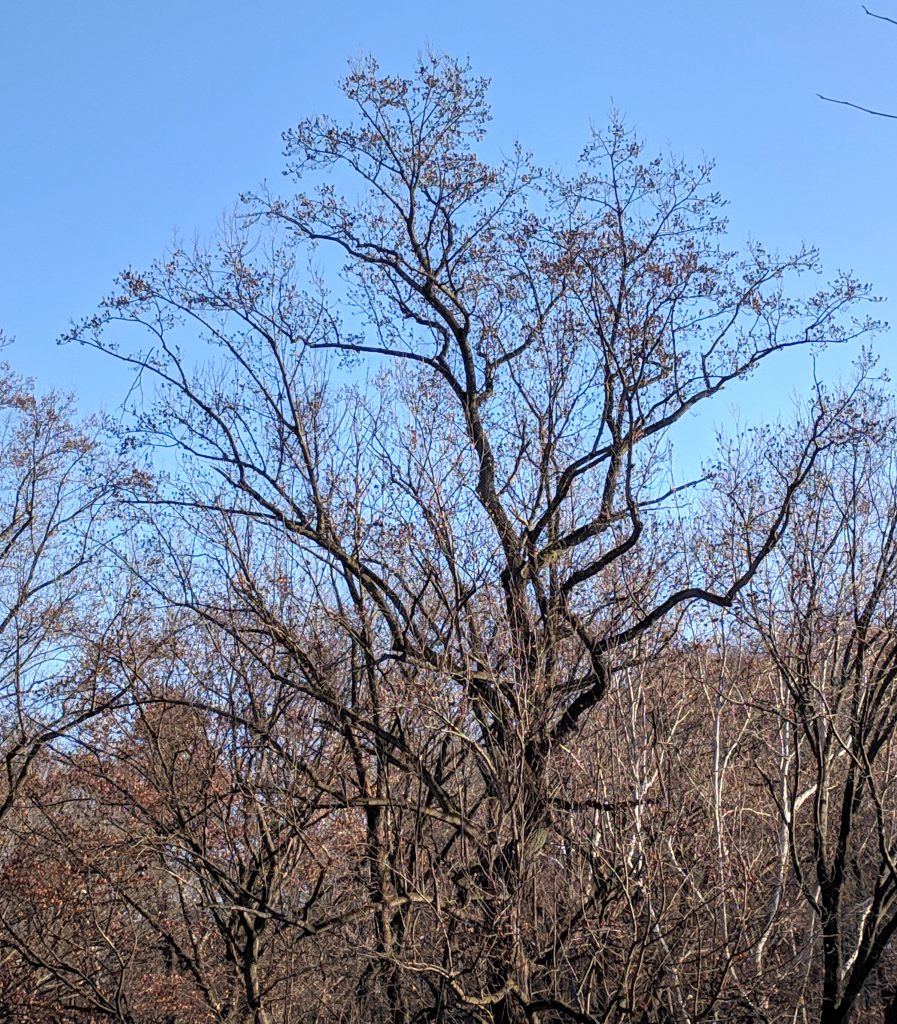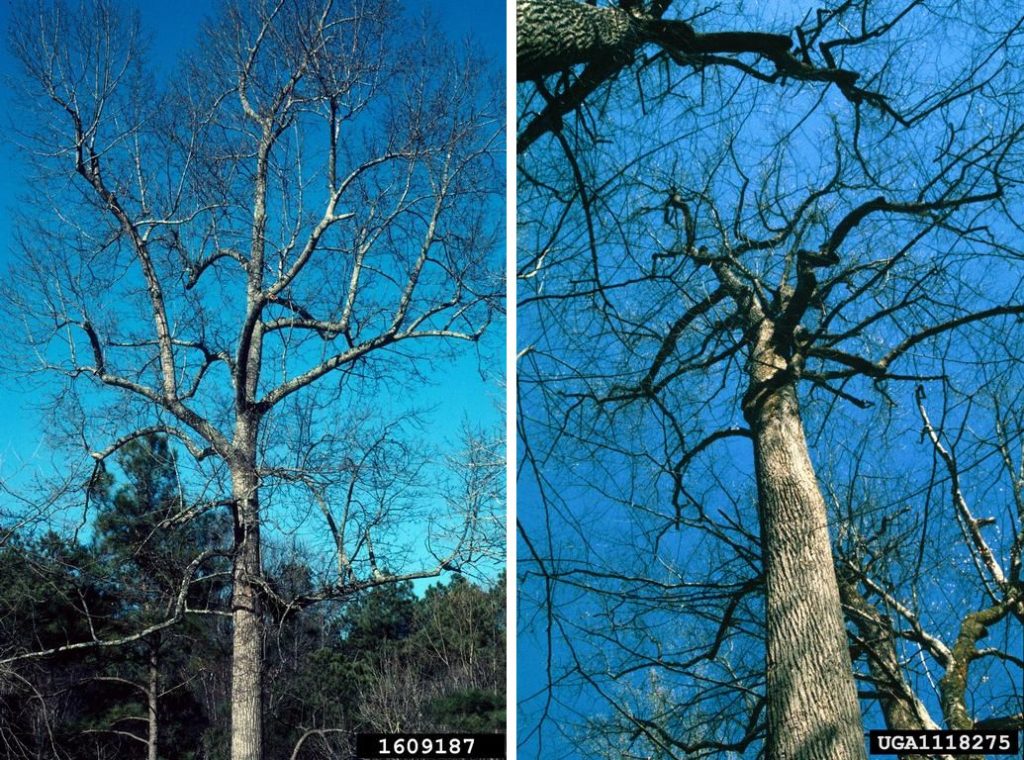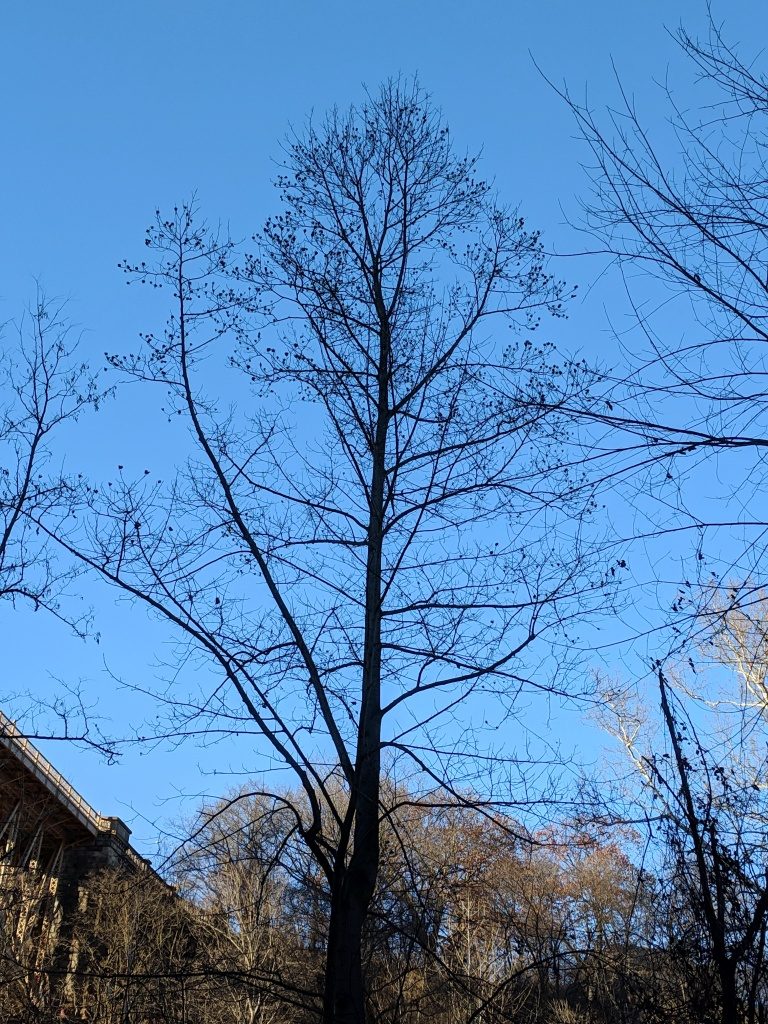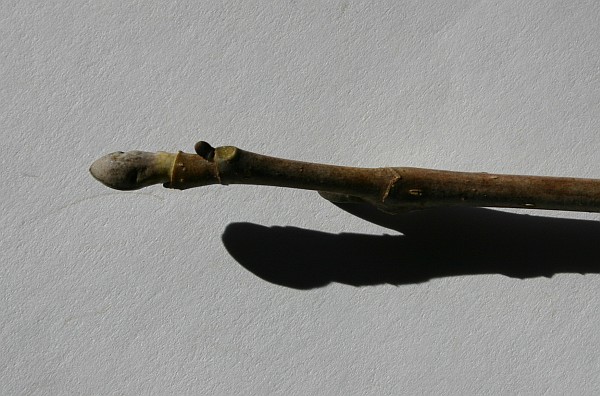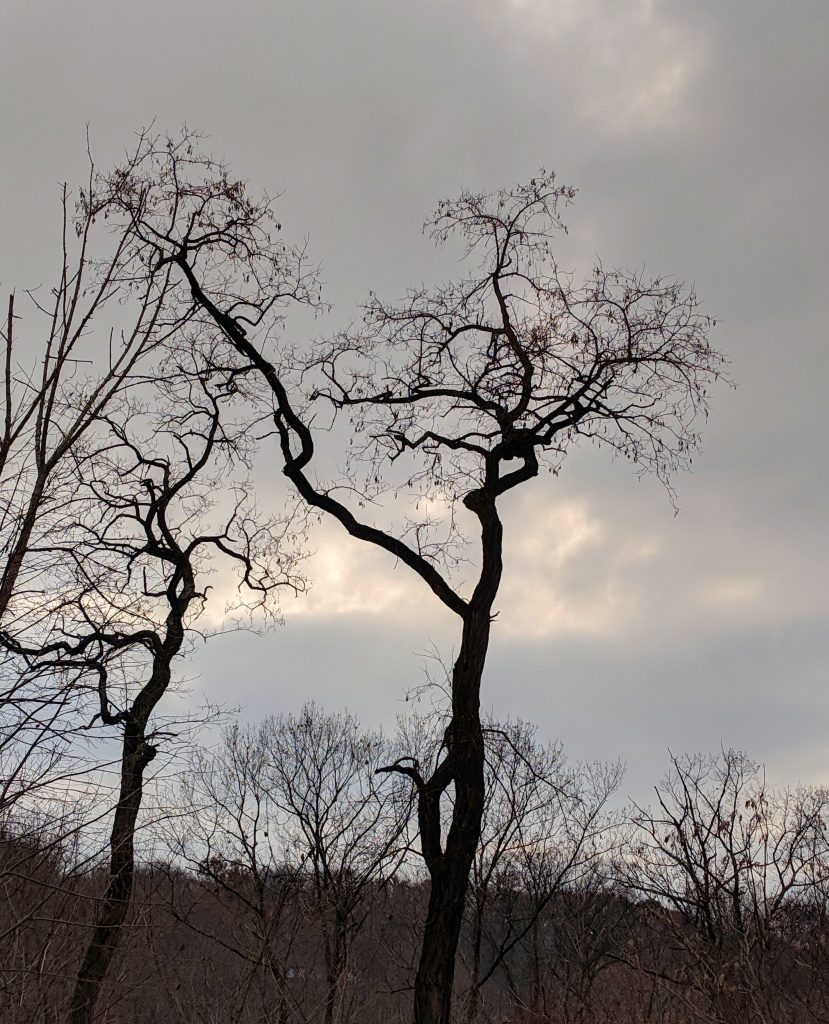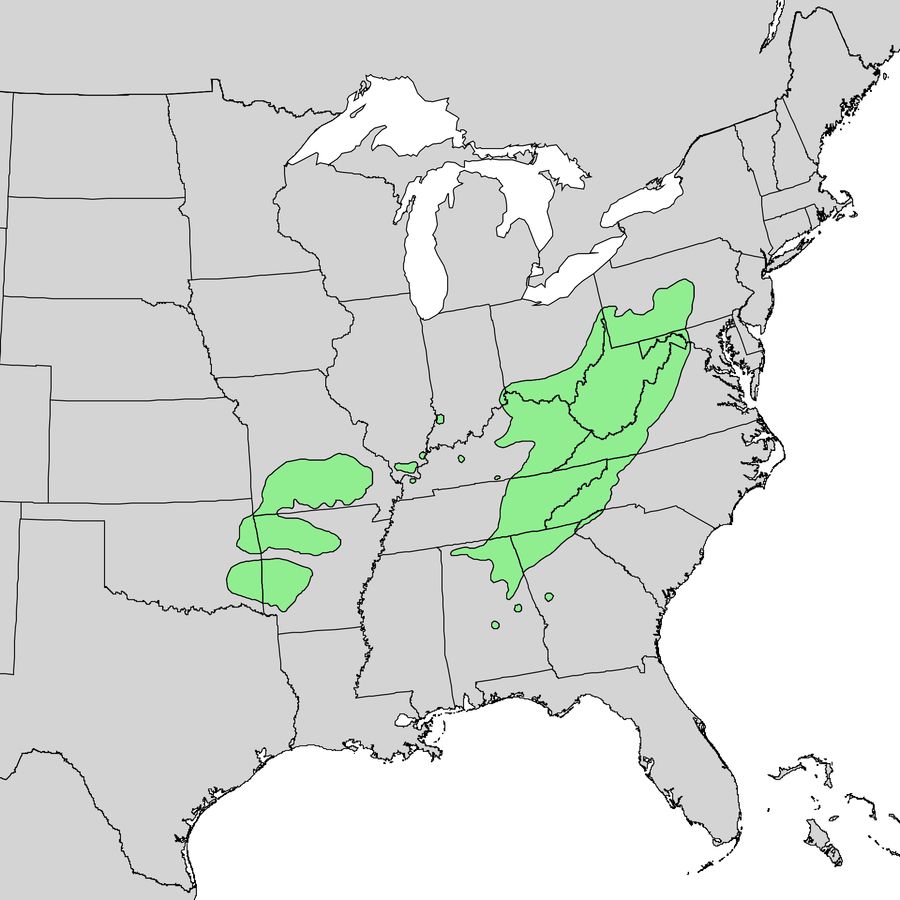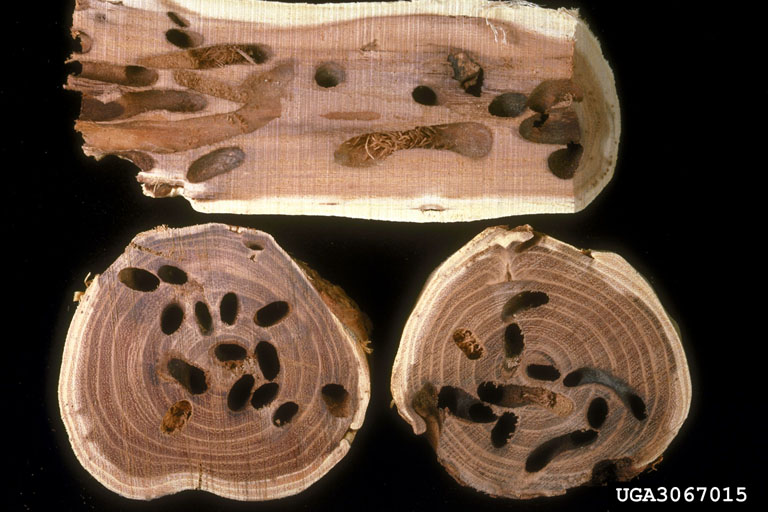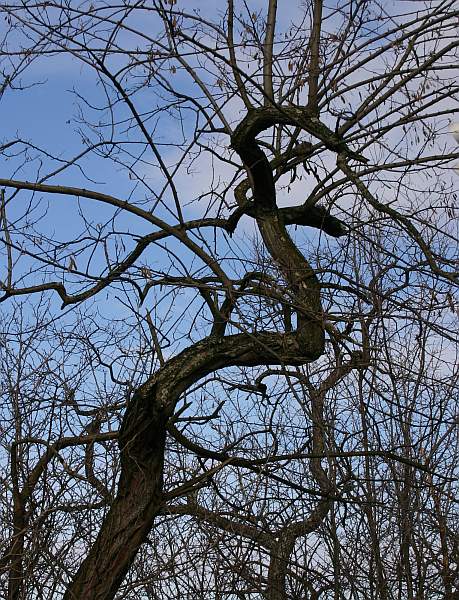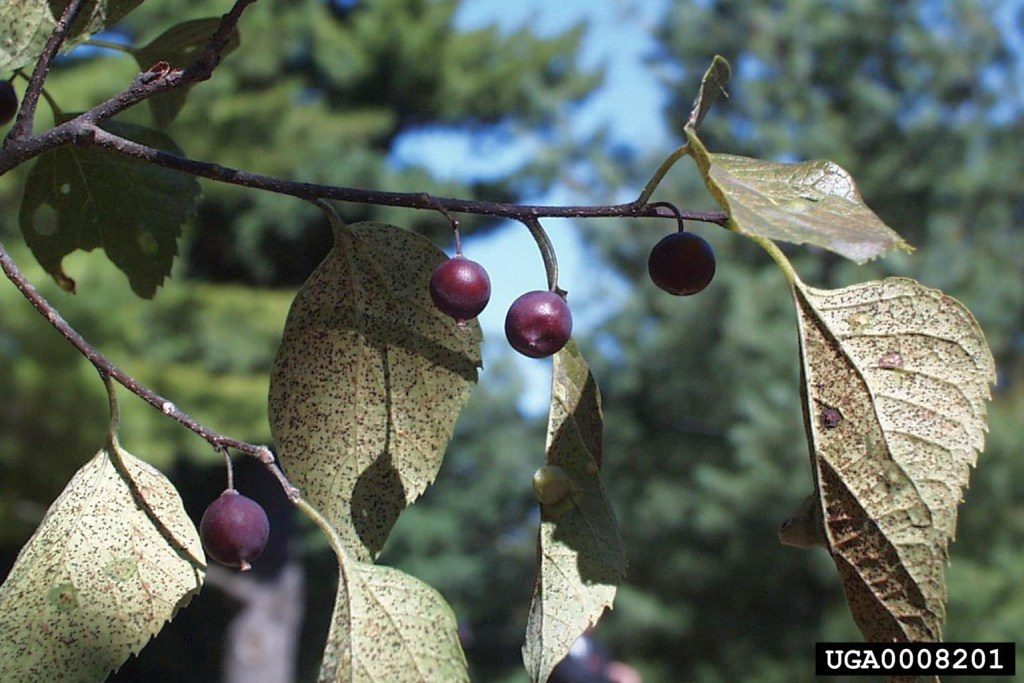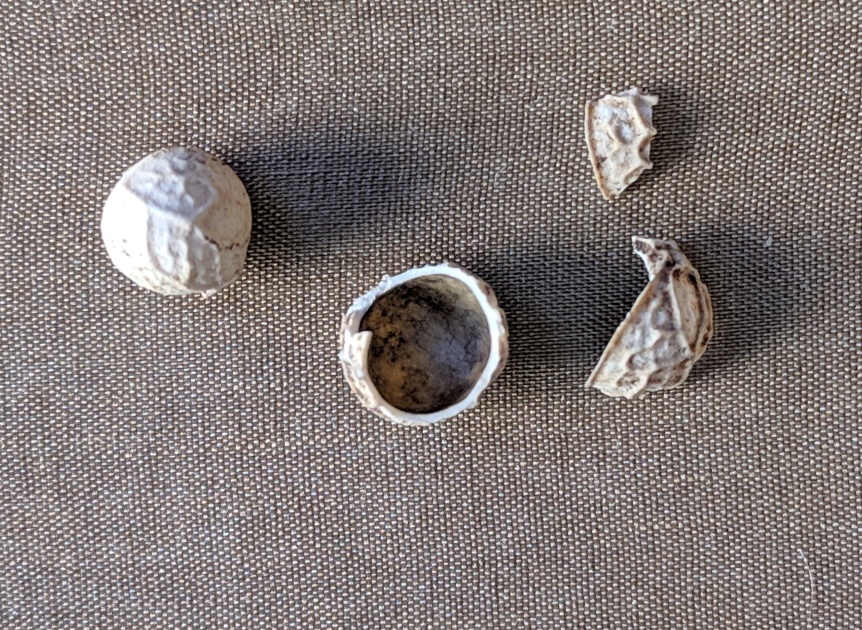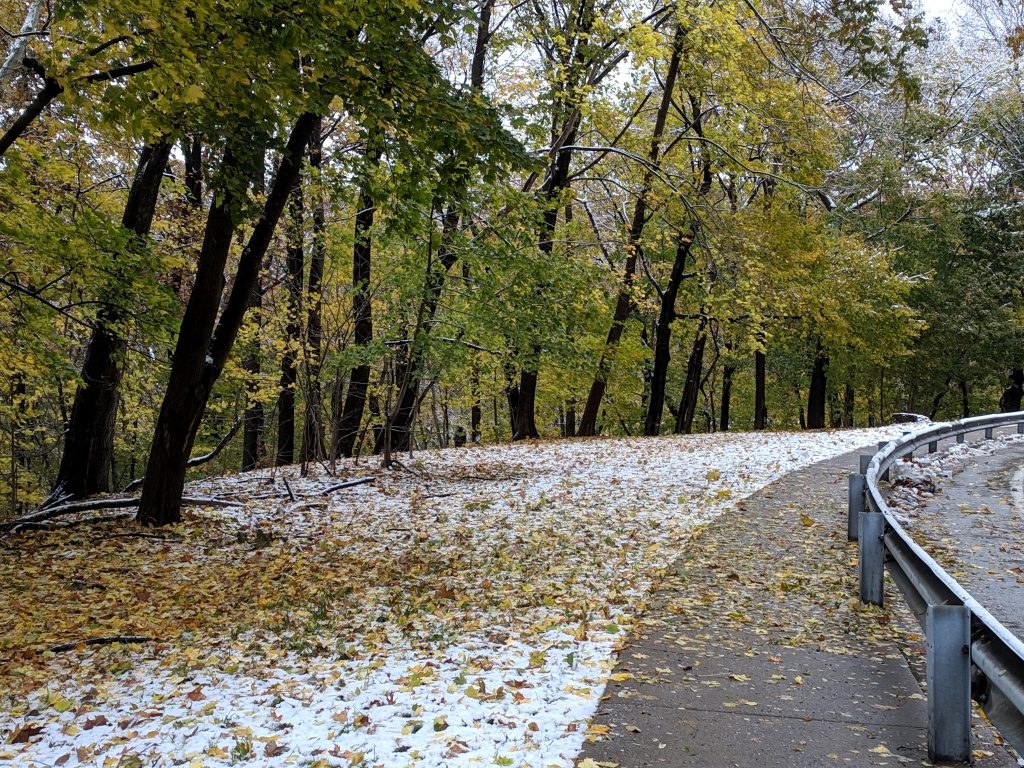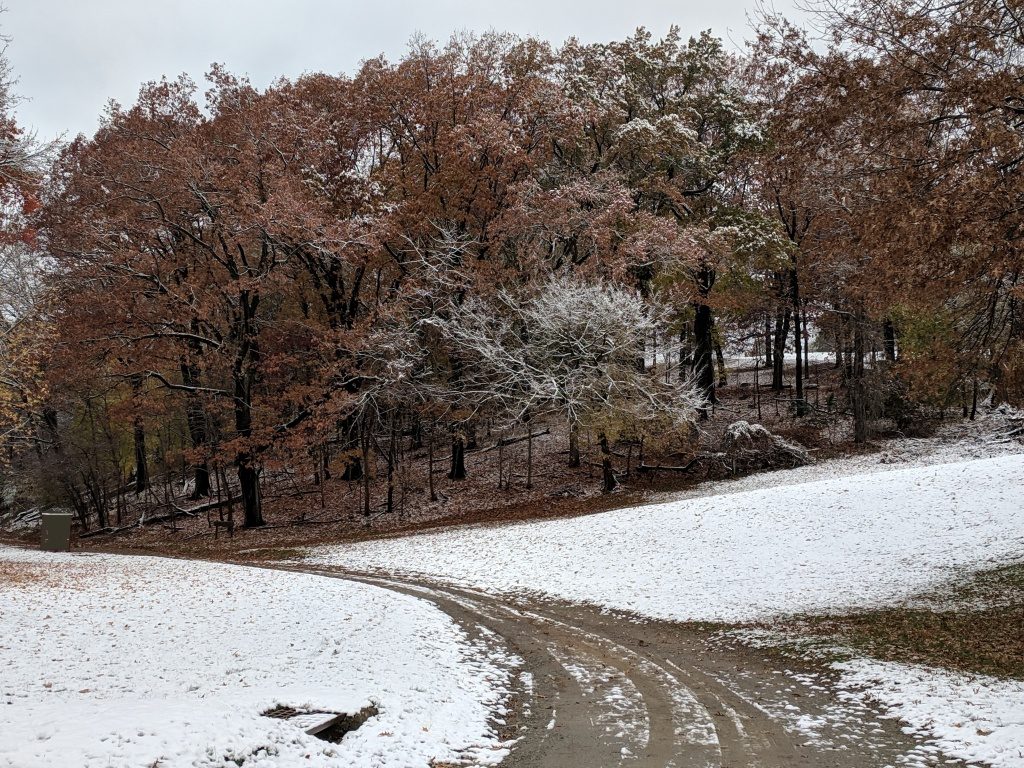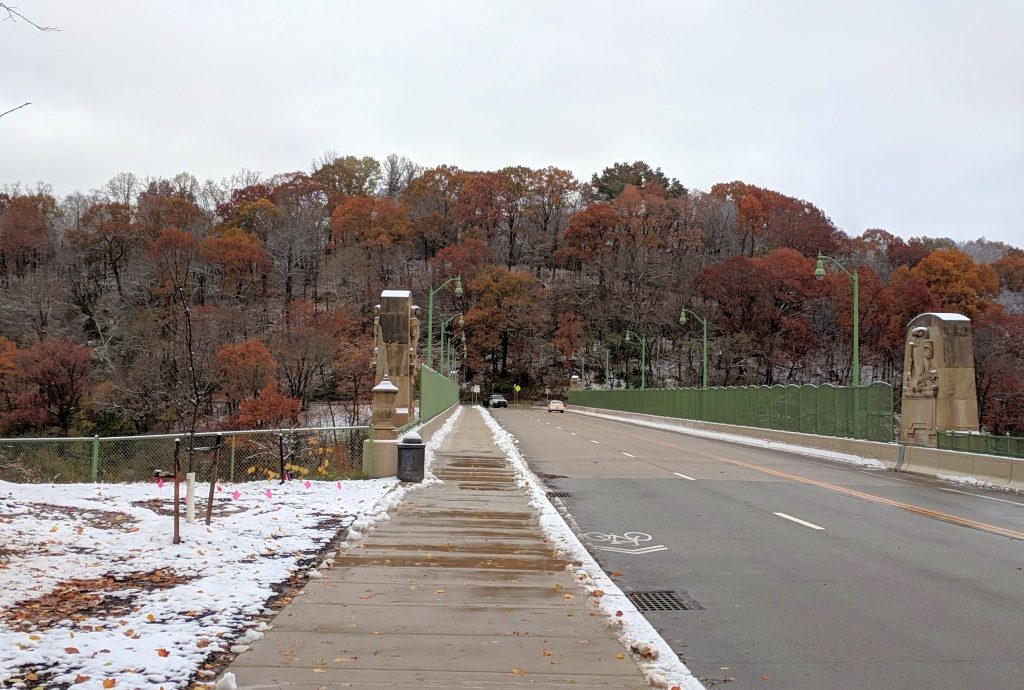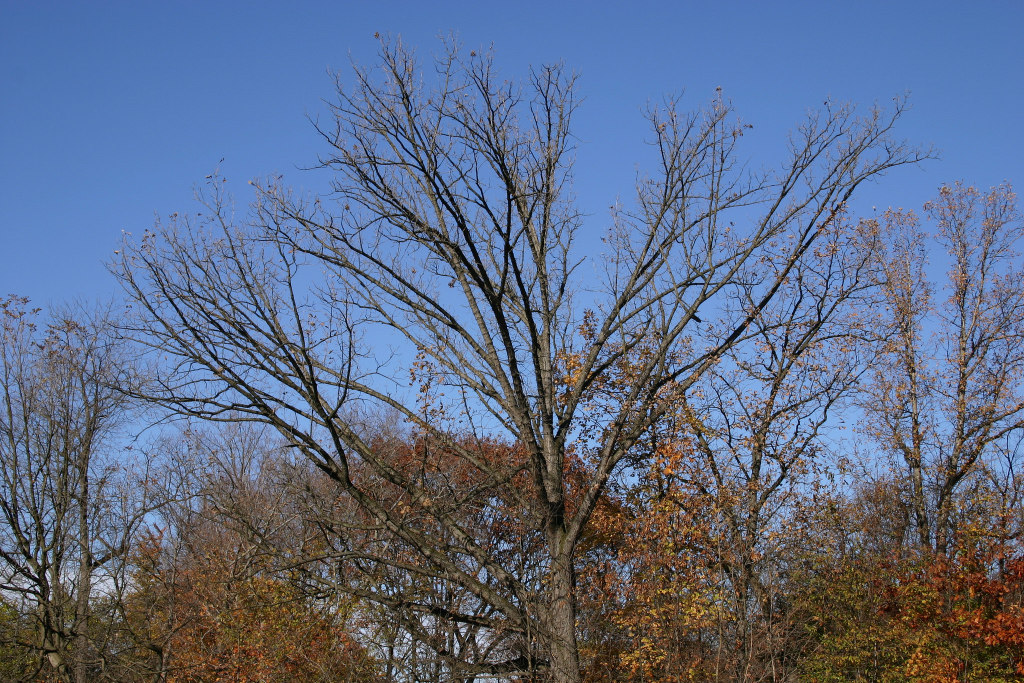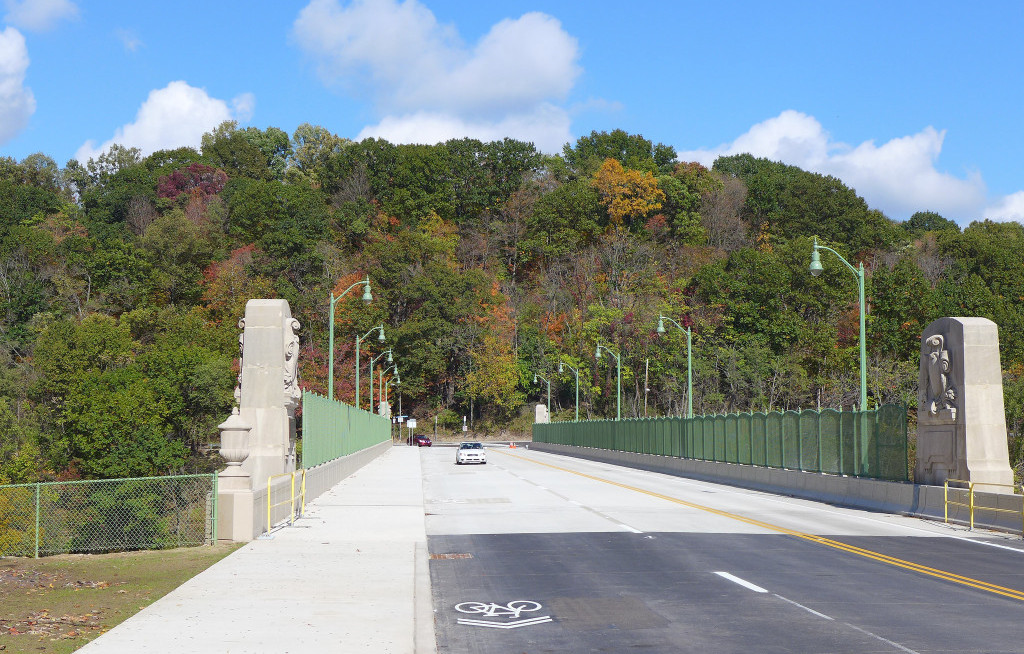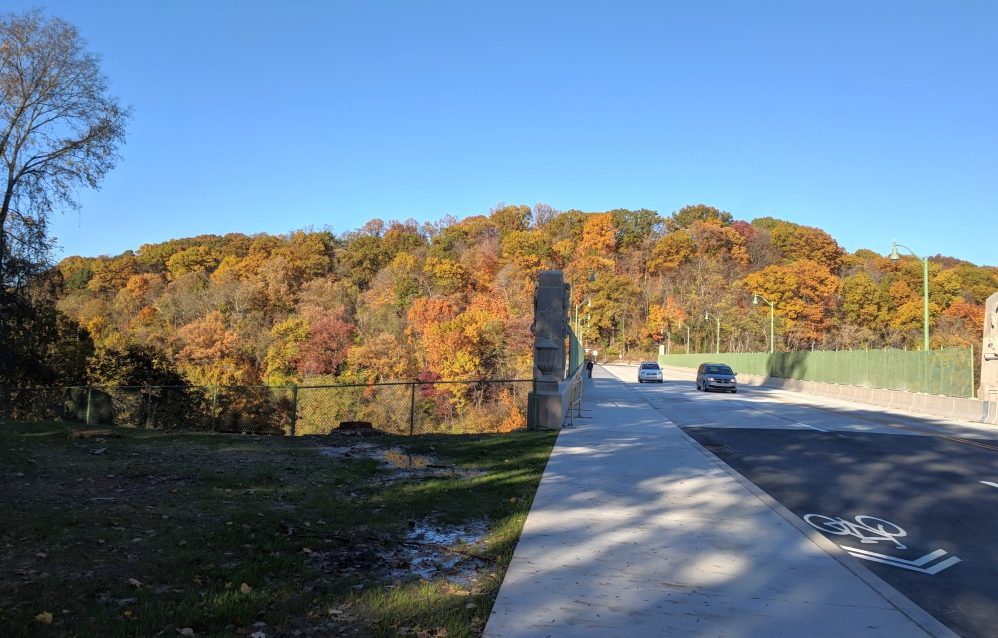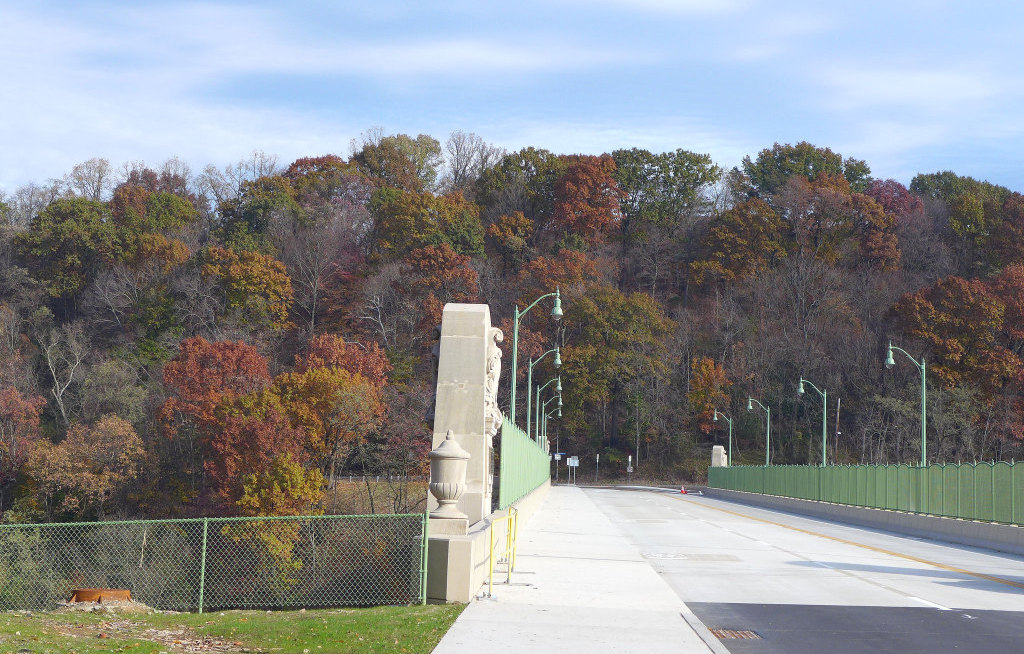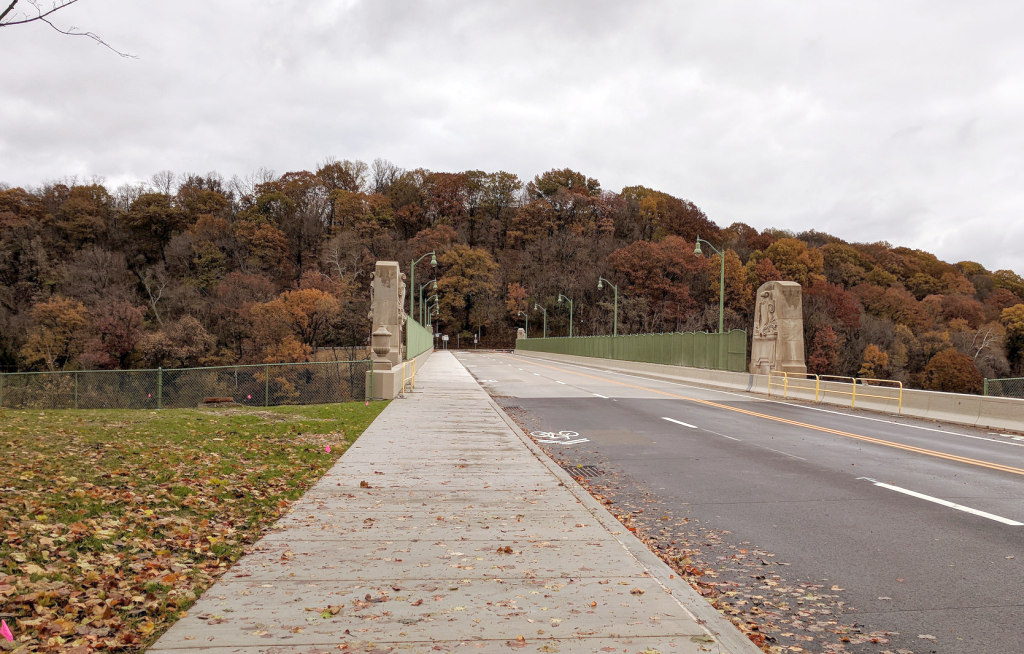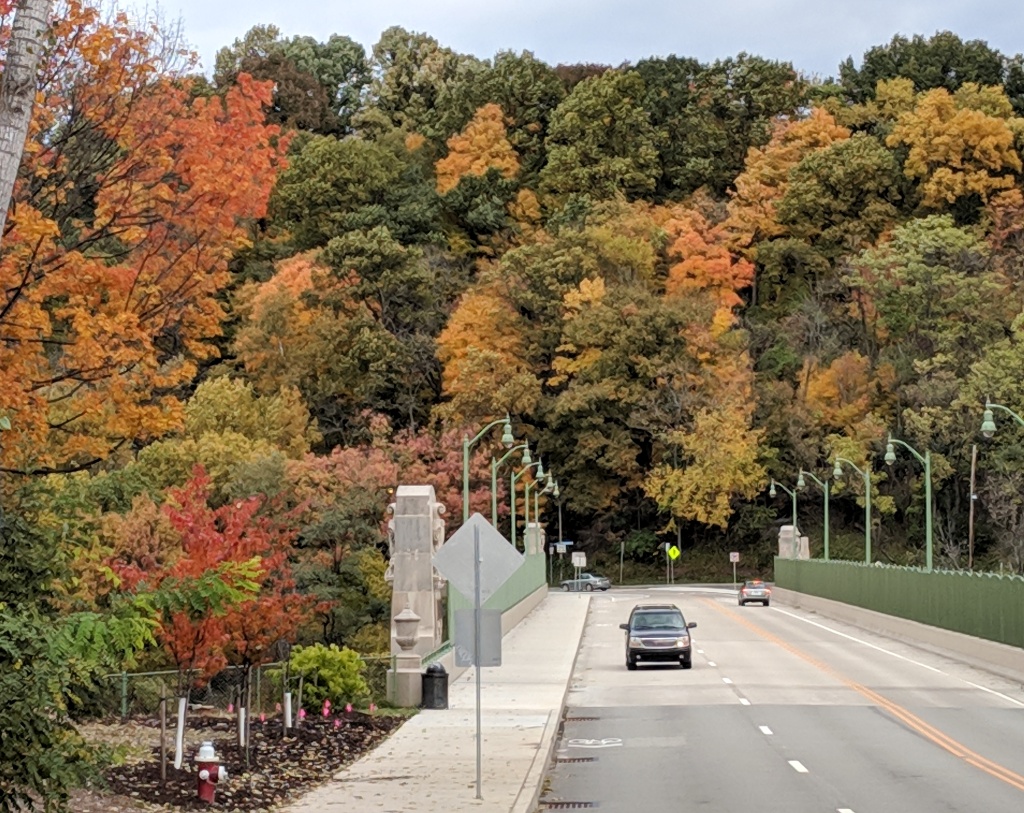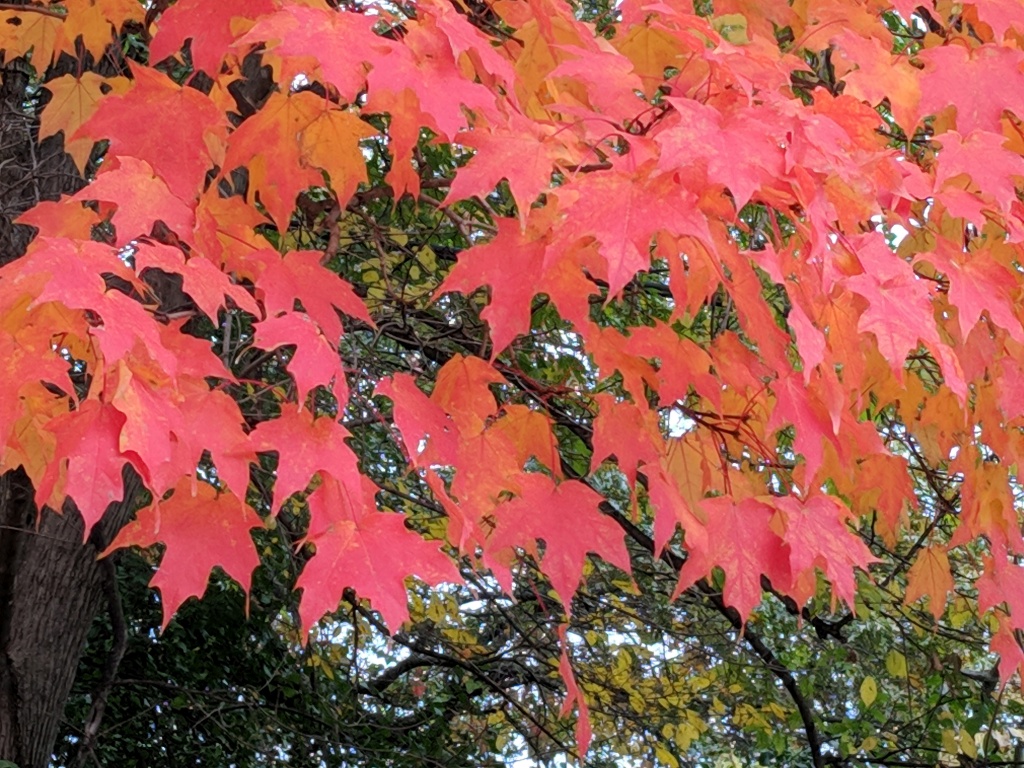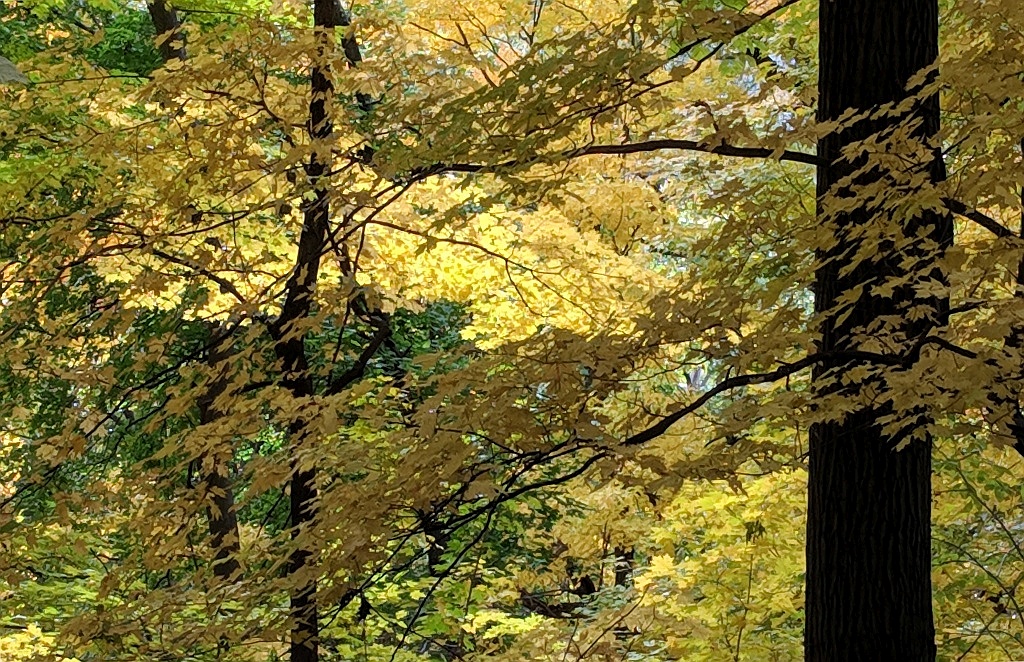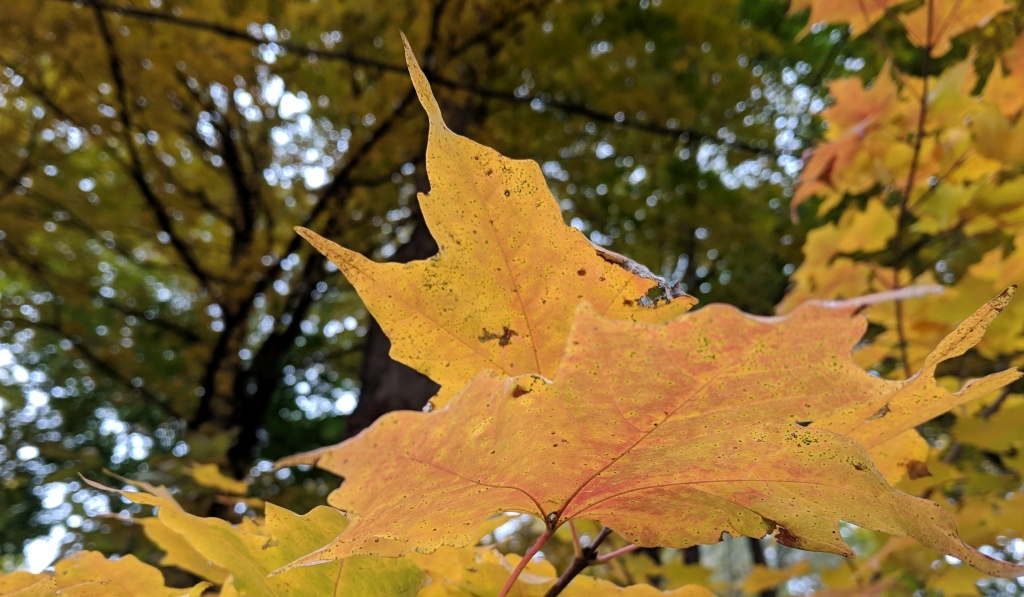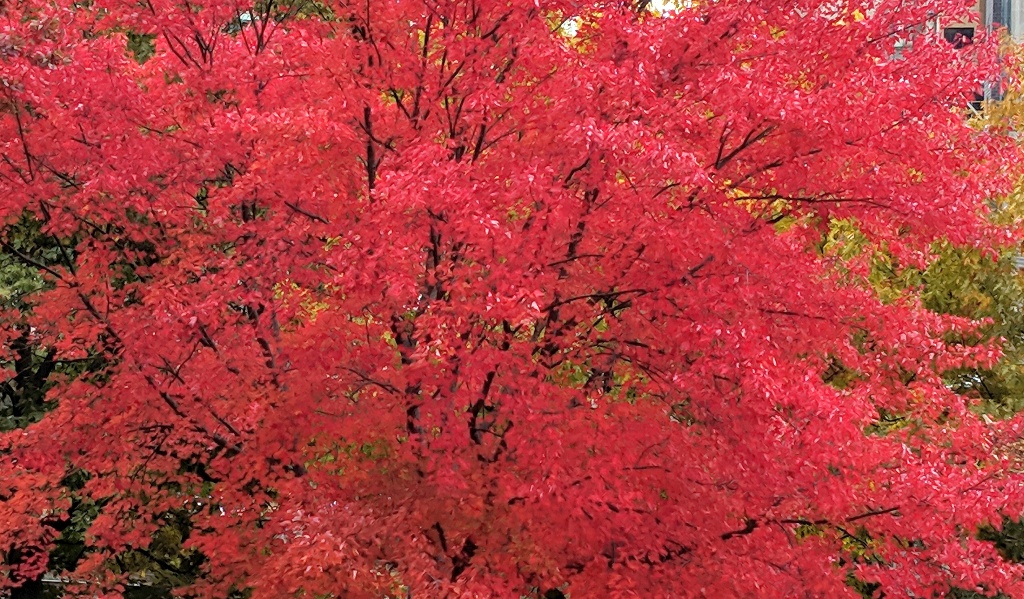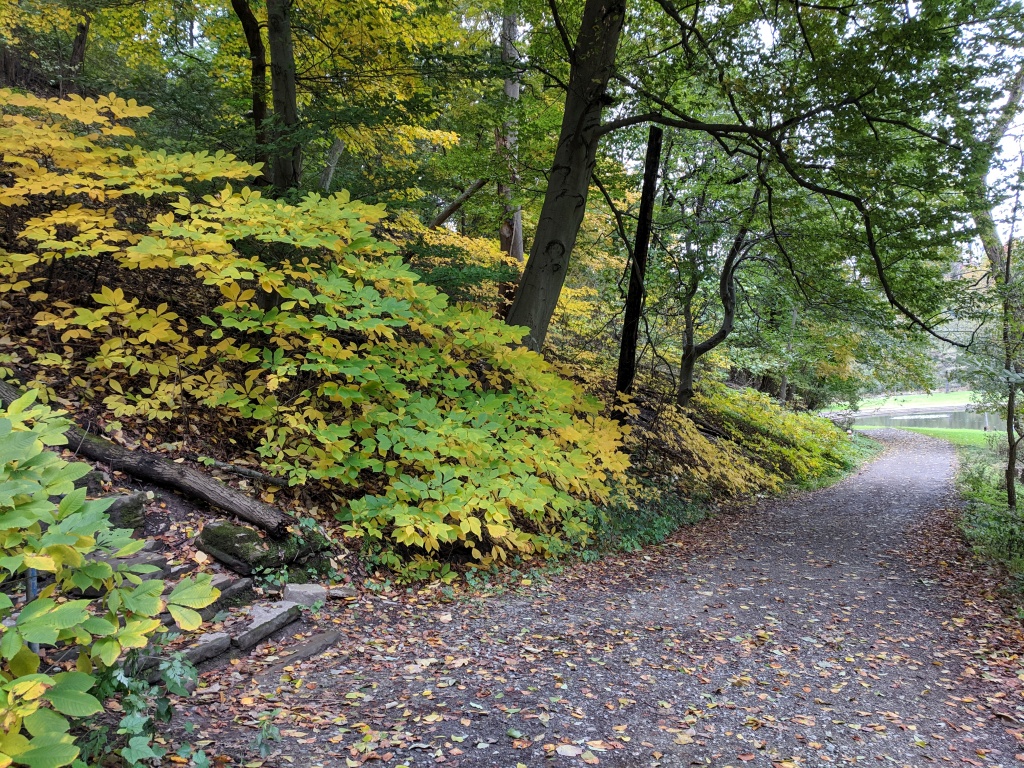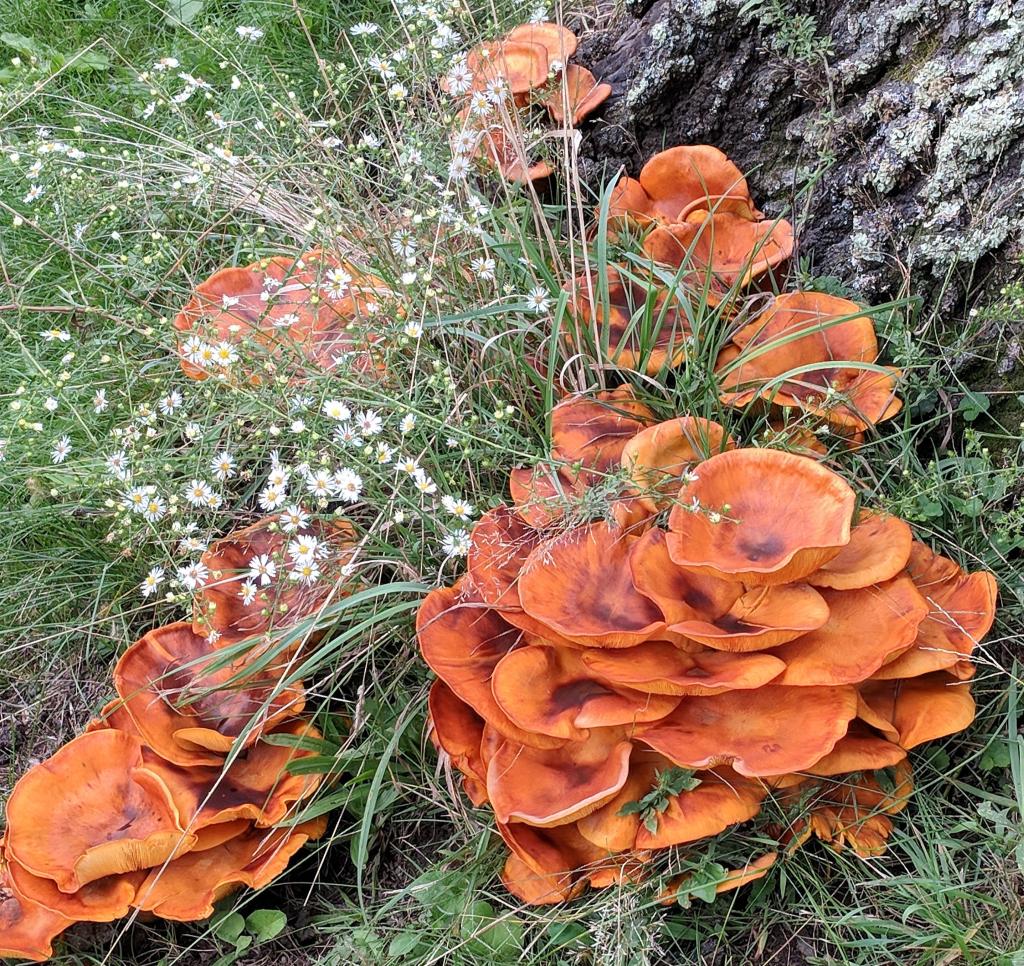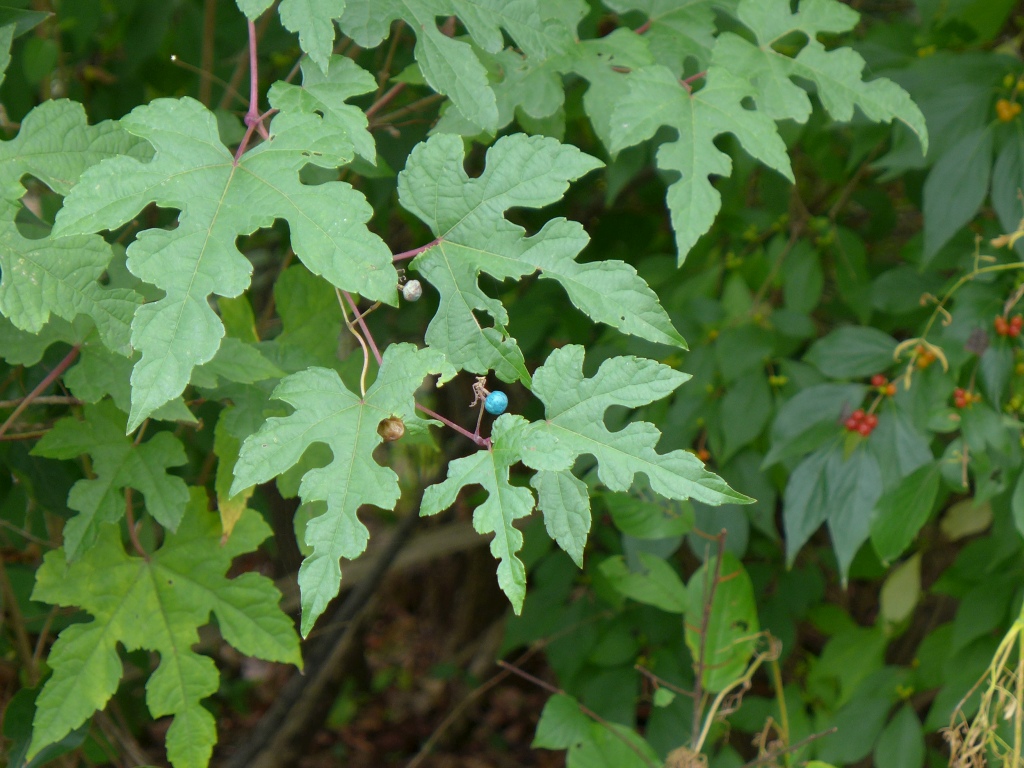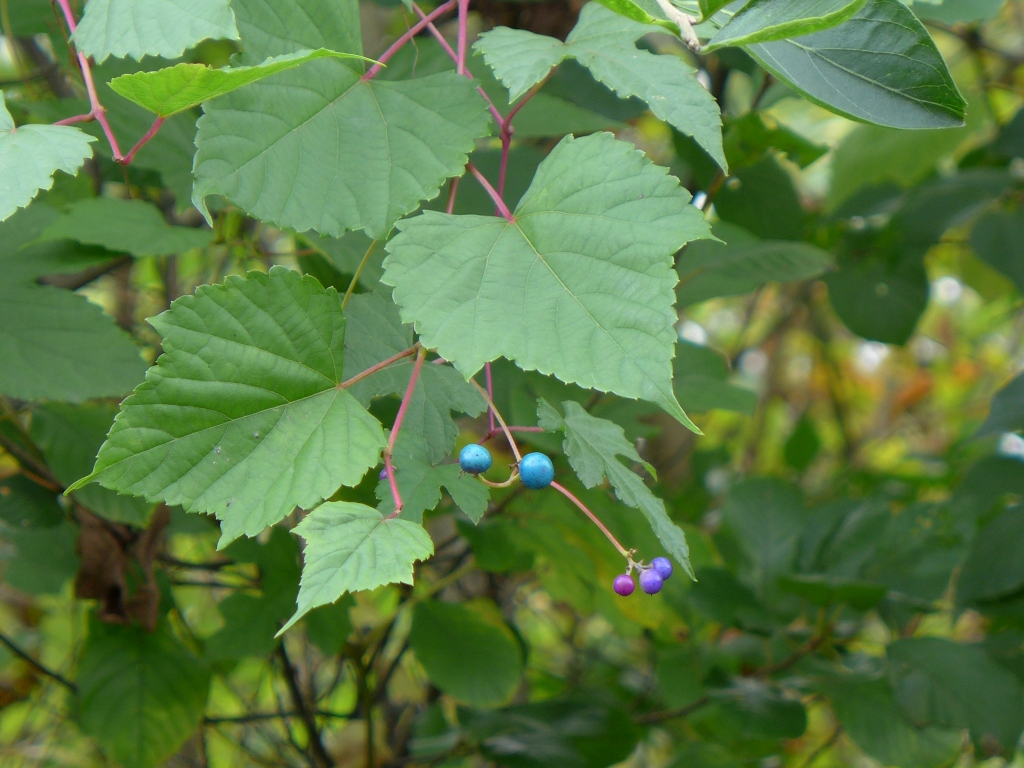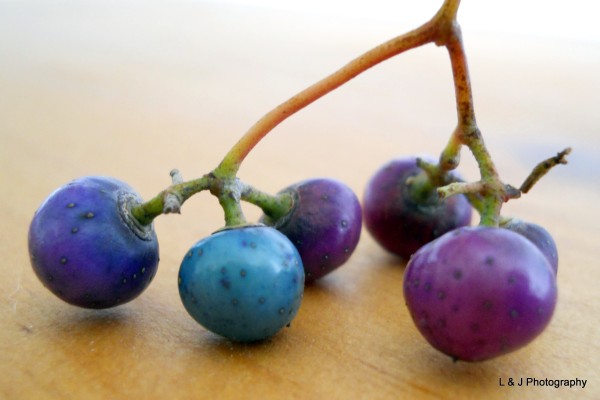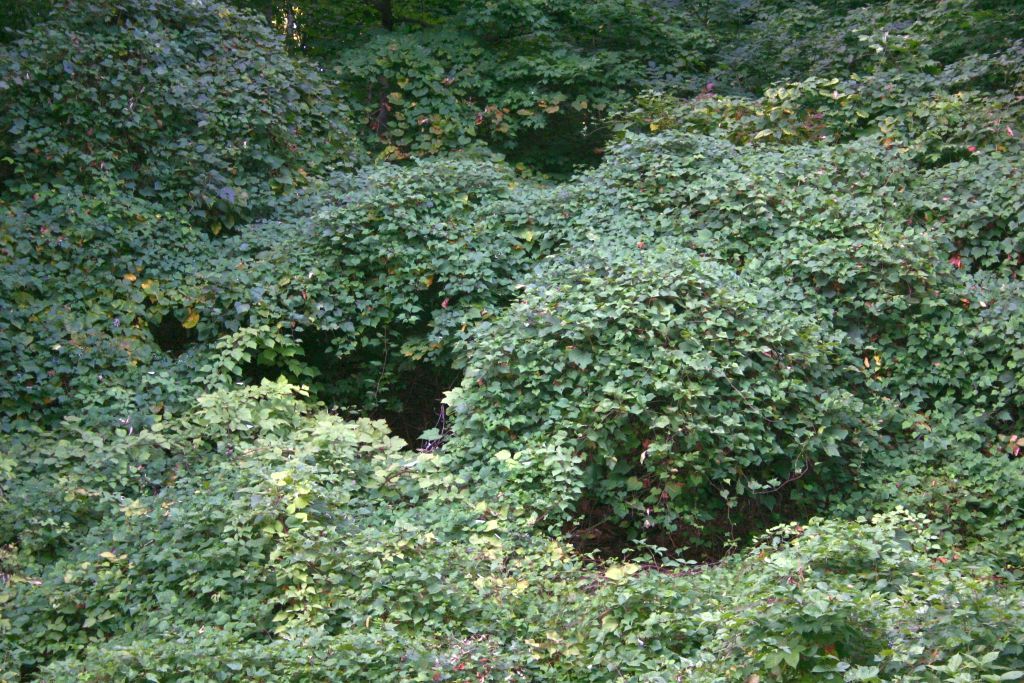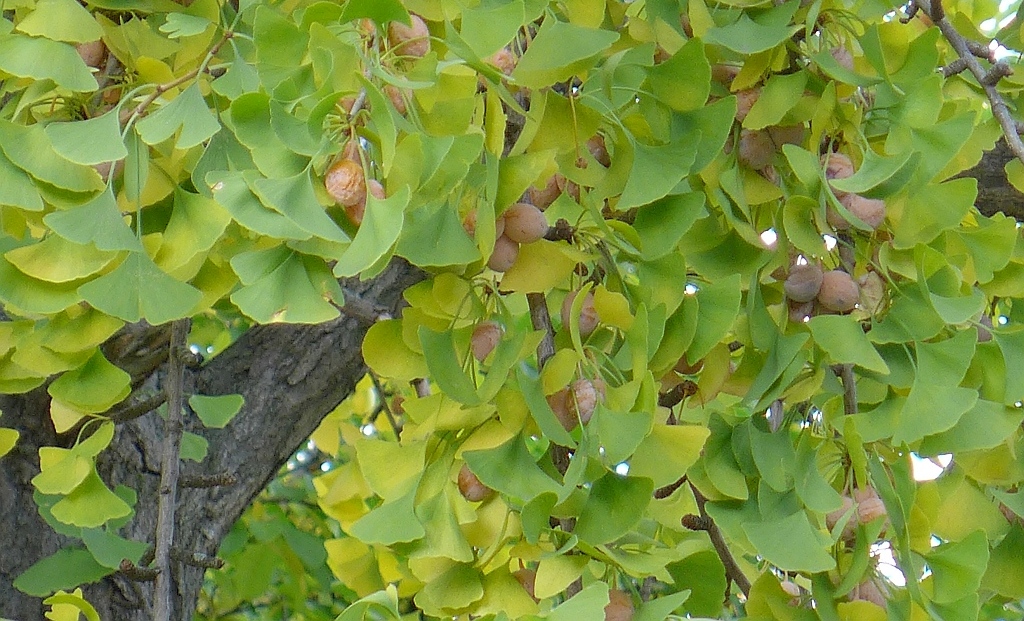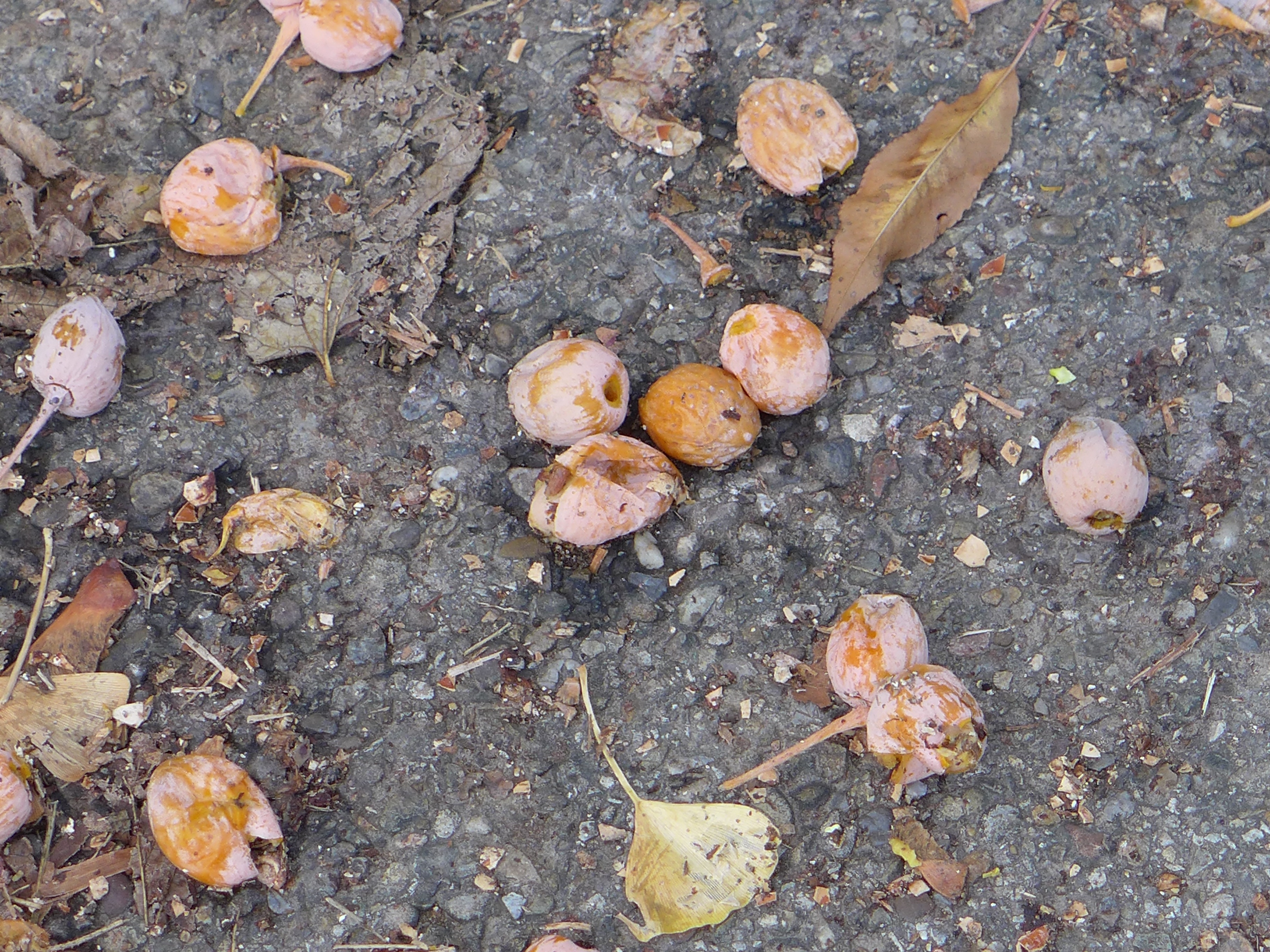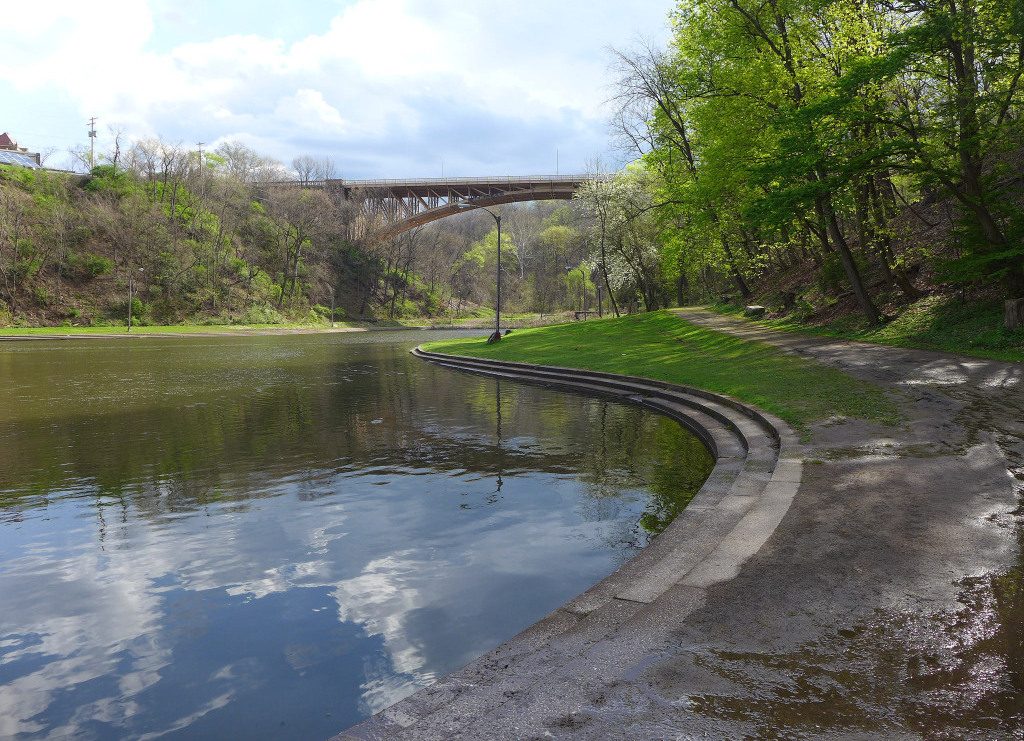
If you live in the City of Pittsburgh and visit our parks you’ll want to participate in this survey, available now through April 2019.
Pittsburgh has 165 parks sprinkled throughout our neighborhoods from small playgrounds to regional parks — Schenley, Frick, Riverview, Highland and the future Hays Woods. The City’s goal is to have well maintained parks within a 10-minute walk of every resident.
Perhaps you’ve noticed that infrastructure is crumbling in many of them. The park system gets big donations for capital improvements (bricks & mortar) but not for maintenance, so we have new buildings like the Frick Environmental Center but deteriorating playgrounds, landscape and trails. How do we fix that inequity and how much will it cost?
The City of Pittsburgh and Pittsburgh Parks Conservancy have teamed up for the Parks Listening Tour, a citywide initiative to hear what neighbors love about our parks and what they would love to improve.
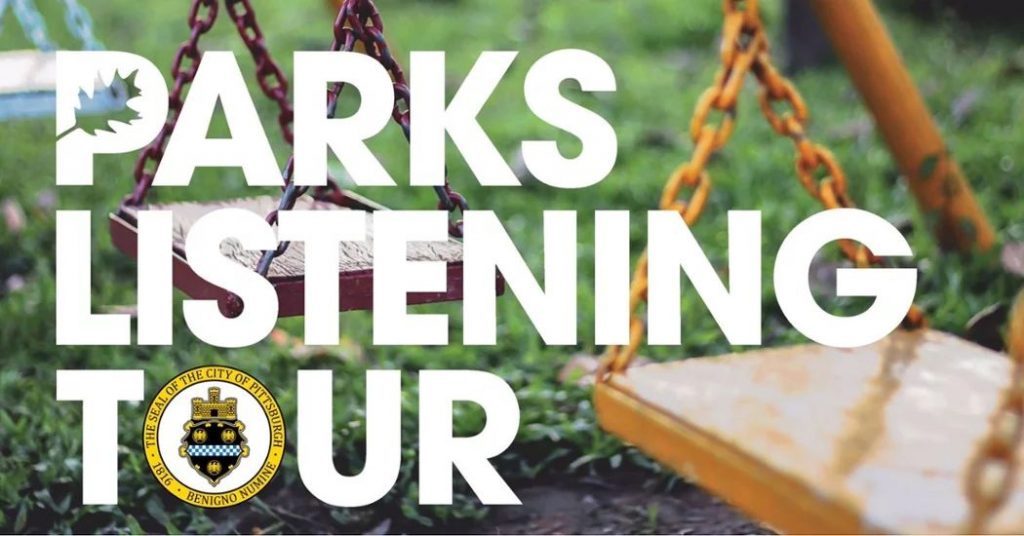
The Listening Tour includes meetings in every neighborhood and online tools. Attend a meeting to find out more or go online to view the presentation and take the survey. Click here for the schedule and online tools.
This is your chance to speak up for the parks. Your comments will shape their future.
(acknowledgements: text and tour logo from the Pittsburgh Parks Conservancy, photo of Schenley Park by Kate St. John)
